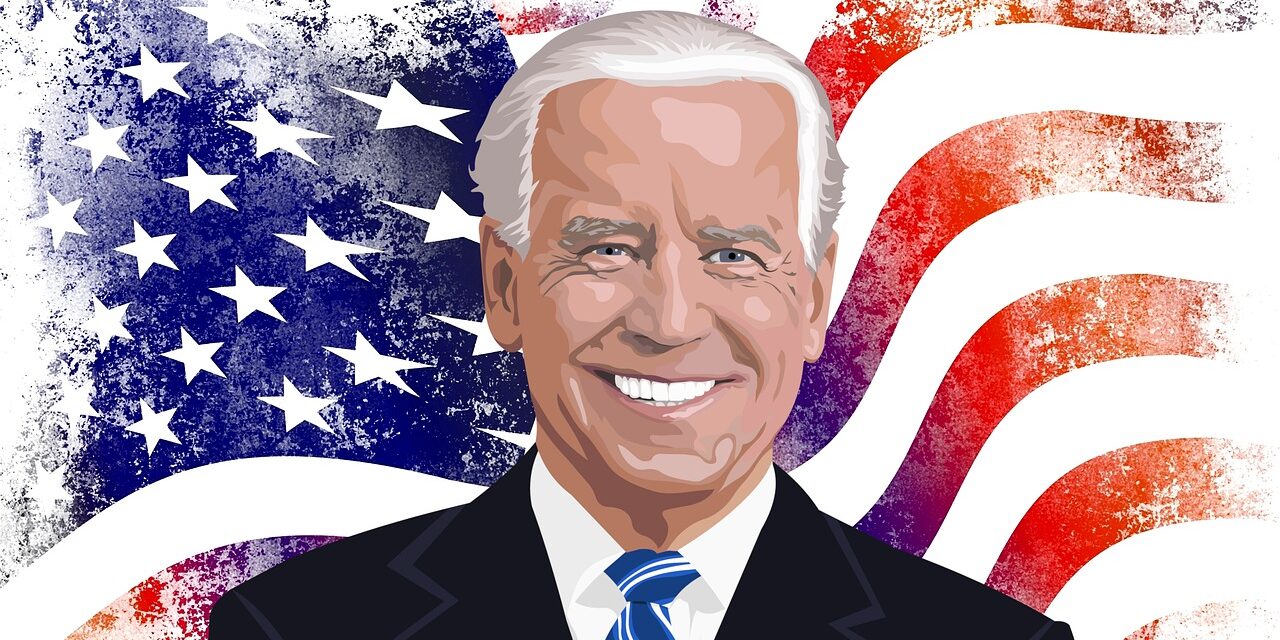It’s been a year since the Biden administration’s Inflation Reduction Act (IRA) was passed into law, but it has helped alleviate numerous issues plaguing the US economy. Since its implementation, the IRA opened the doors to over 270 clean energy initiatives which, in turn, have generated around 86,000 new employment opportunities. Approximately 50,000 of these are within the booming electric vehicle (EV) industry.
According to a recent report published by the Bank of America, the IRA has brought in a total of $132 billion in private investments. This may be construed as solid proof that the law has helped improve supply chains for US industry, revitalize the domestic manufacturing sector, and generate much-needed employment following the pandemic years.
Interesting Allocations
When the IRA was ratified last year, it was pegged as the US government’s investment into dealing with the ongoing climate crisis, essentially the largest environment-centric investment in the country’s history.
Worth almost $370 billion, the IRA was put in place to decrease the country’s total carbon emissions by 40% by the end of the current decade. As such, it offers a number of tax incentives for firms and sectors that will help lower the generation cost of electricity through the use of renewable power initiatives.
The IRA is also meant to encourage Americans to swap carbon-heavy power sources to cleaner, more sustainable generation methods for both homes and personal transport.
To date, nearly half of the private investments generated via IRA have gone to EV manufacturing as well as the production of rechargeable batteries. The remainder of those investments have been allocated to other renewable energy projects, particularly for those using nuclear, solar, and wind power.
As the IRA’s impact is being felt throughout the US economy, officials at the Bank of America say that they expect it to play a key role when it comes to investment-centric incentives and generating employment for the next couple of years.















